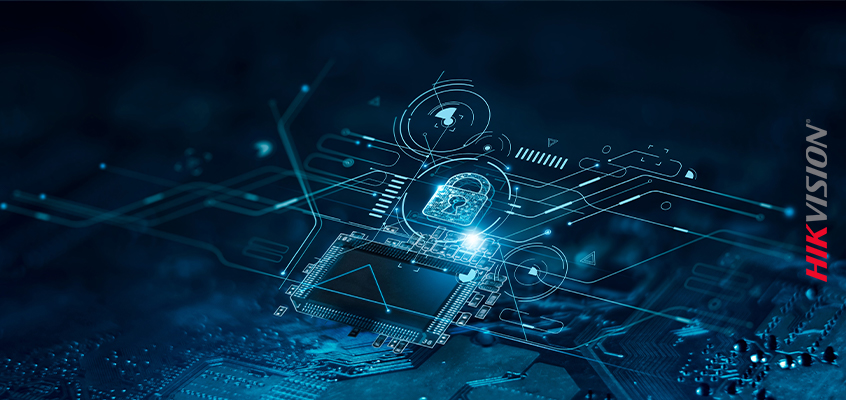5 Hikvision Cybersecurity Tips for Stronger, More Secure Passwords

As cybersecurity challenges become more and more complex, passwords remain critical. Passwords have become easier for hackers to compromise, and challenges to creating unique, safely stored passwords are becoming harder to meet. Today, the best approach to using passwords effectively includes combining them with other methods of authentication, such as password managers and multi-factor authentication.
Hikvision’s Vice President of Global Information Security, Chuck Davis, provides five tips to help you stay protected by creating and saving passwords.
-
One of the first tips to boost protection online is to enable multi-factor authentication (MFA) everywhere you can. This will protect your account even if an attacker gets your password. MFA adds two or more pieces of verifiable evidence or “factors” to the authentication process, vastly reducing the chances of an account being accessed by the wrong person.
-
Never reuse passwords. Reusing passwords increases the chances that your account will be compromised in a credential-stuffing attack.
- Sign up for “Have I Been Pwned?” so you get alerted if your email address shows up in a data breach. This is a free service that often alerts you of a breach before the vendor or website contacts you.
- Use a Password Manager. Since our passwords all should be long and unique, it’s unreasonable to expect anyone to remember all of the passwords that an average person must use. Using a password manager will relieve you of that burden because you can store all of your passwords in the password manager, and you won’t have to remember any of them. Password managers can also automatically enter your passwords into websites for you.
- Use Passkeys. Passkeys are a new way to sign into apps and websites that are easier than passwords. They are resistant to attacks such as phishing and enable users to log in with a fingerprint, a face scan, or a screen lock PIN. FIDO Alliance, Apple, Microsoft, and Google have all rolled out passkey options.
Other tips to boost your online protection with better passwords include making them long and harder to guess, using multiple characters, and creating a unique password for every login you have. These tips tackle the primary concern in cybersecurity of password creation, usage, and storage.
Hikvision’s online Cybersecurity Center has a wide selection of white papers about passwords and cybersecurity. Some of these white papers include the Software Bill of Materials (SBOMs), Zero Trust, and Cybersecurity. Visit the Cybersecurity Center to learn more today.
